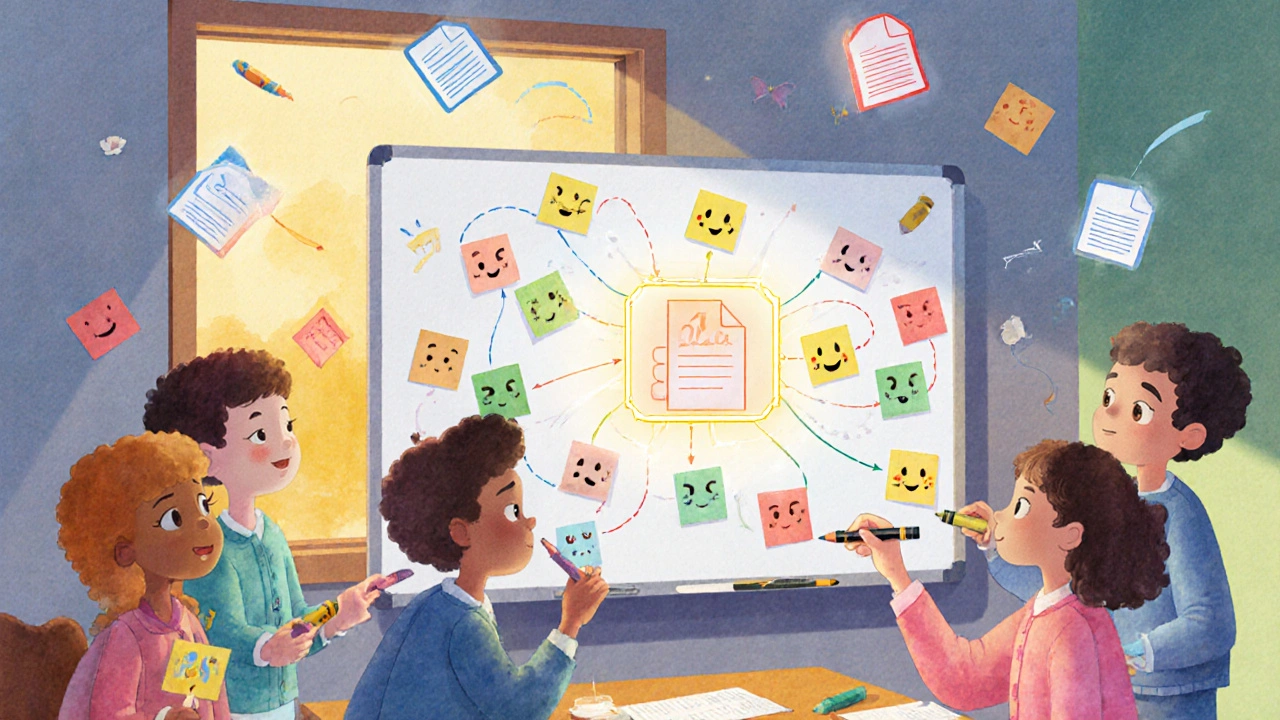Real-Time Document Collaboration: Tools, Tips, and How It Works with VoIP
When you work on a document with someone else at the same time—watching changes appear as they type—that’s real-time document collaboration, a system where multiple users edit, comment, and update files simultaneously over the internet. Also known as live co-editing, it removes the chaos of version control and keeps everyone on the same page—literally. This isn’t just about Google Docs or Microsoft 365. It’s about how teams communicate while they work, and that’s where VoIP, a phone system that sends voice over the internet instead of traditional phone lines comes in. You can’t just share a file and expect smooth teamwork—you need voice, video, and chat all working together. That’s why real-time document collaboration works best when it’s tied to a VoIP system that lets you jump into a call the moment someone asks, "Can you check this line?"
Real-time collaboration isn’t magic. It needs three things: fast internet, clear communication, and tools that don’t fight each other. Shared editing, the ability for multiple people to make changes to the same file without locking others out is the core. But if your team has to switch between a document app, a Slack channel, and a separate Zoom call, you’re losing time. The best setups combine document editing with VoIP calling so you can highlight a section, press one button, and be on a call with the person who made the edit. This isn’t a luxury—it’s how remote teams cut meeting time by 40% and reduce back-and-forth emails. Team communication, the flow of information between people working on the same task becomes seamless when voice and text happen in the same context. You don’t need a fancy video call to fix a typo—you need a quick, clear, one-click voice connection.
Real-world teams—whether it’s a marketing group editing a campaign, a school department planning a schedule, or a church team coordinating outreach—use real-time collaboration every day. But most don’t realize how much their VoIP system can help. If your phone system supports call tagging, call recording, or virtual receptionists, it’s already built for teamwork. Those features don’t just track calls—they track decisions, feedback, and next steps. When someone says, "Let me fix that in the doc," and you hear the click of a call being tagged as "revision needed," you’ve just turned a voice note into an action item. That’s the power of connecting documents and calls.
Below, you’ll find real guides from teams who’ve fixed their collaboration headaches. No theory. No fluff. Just how they set up shared editing with VoIP, avoided common mistakes, and got their teams working faster—without buying new hardware or hiring IT staff.
